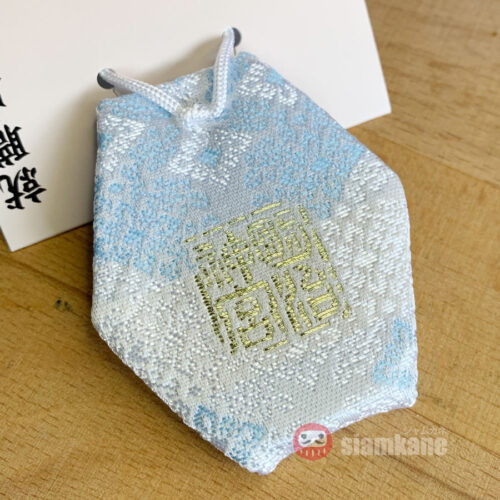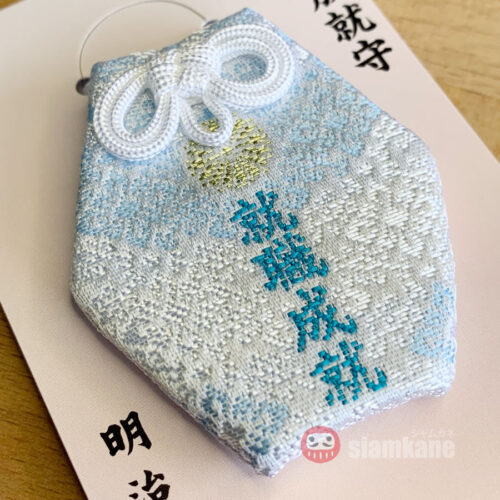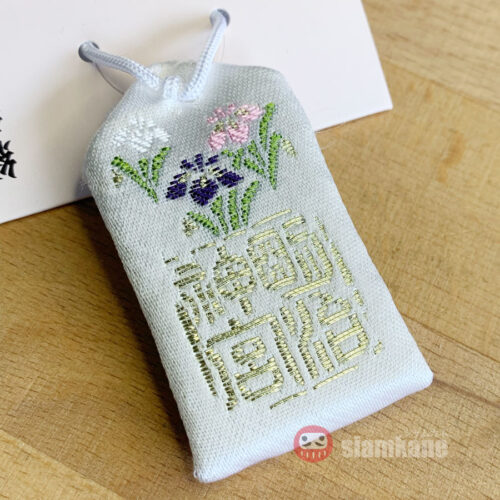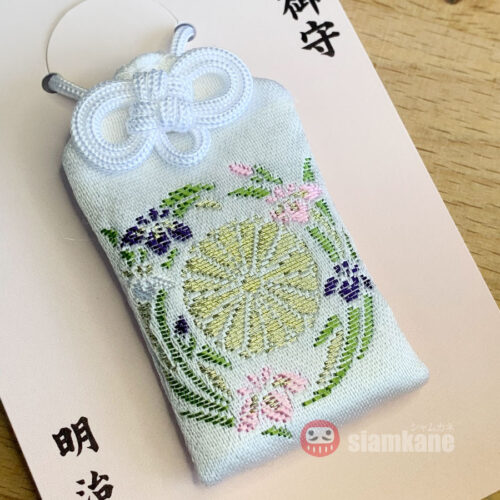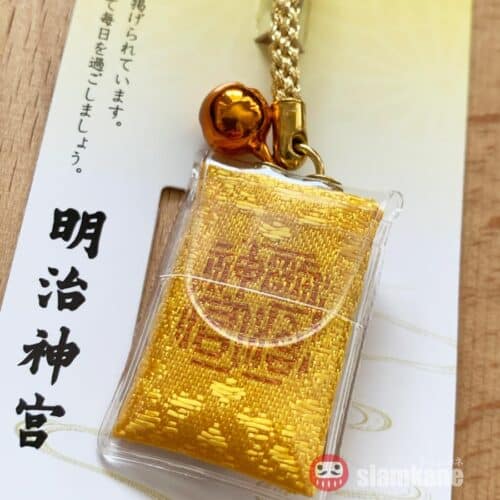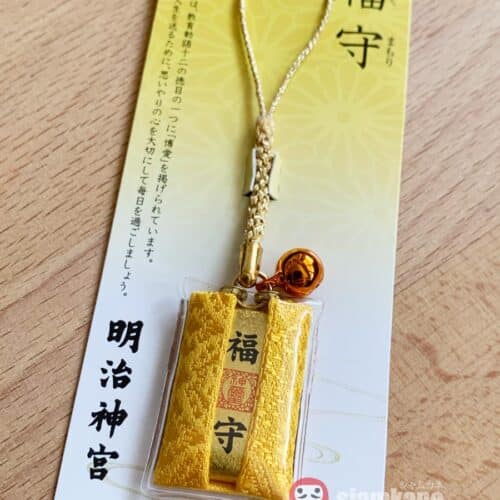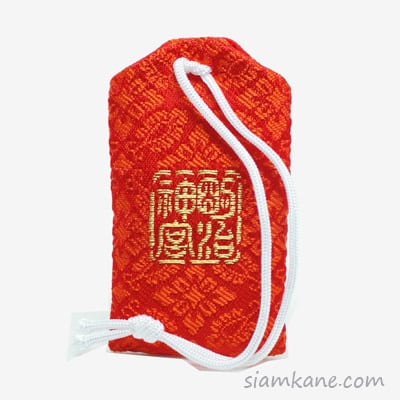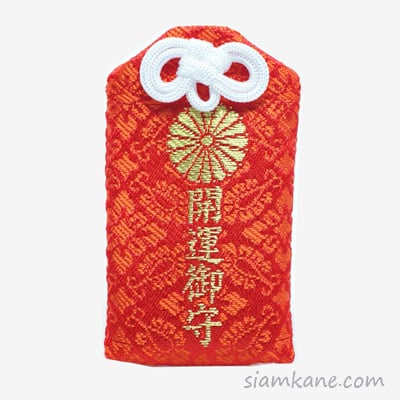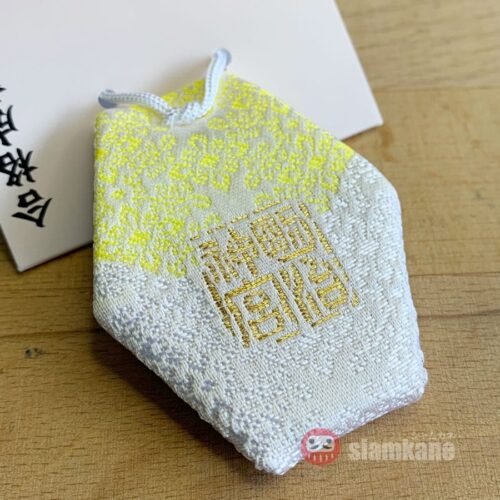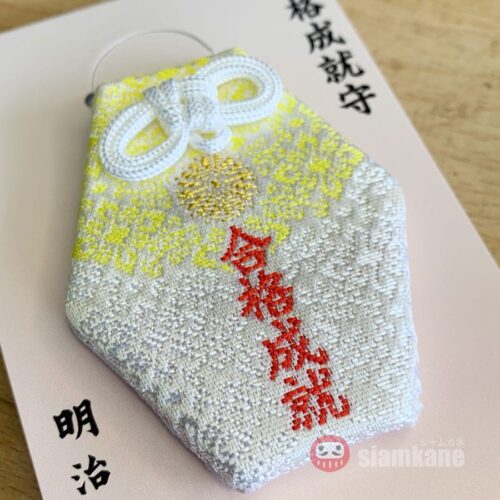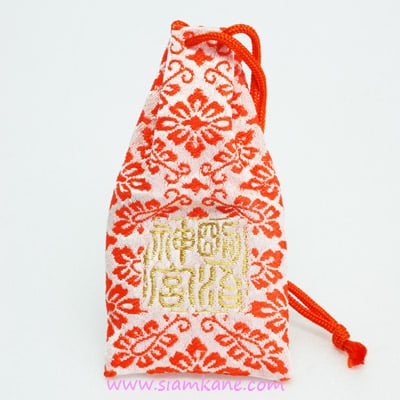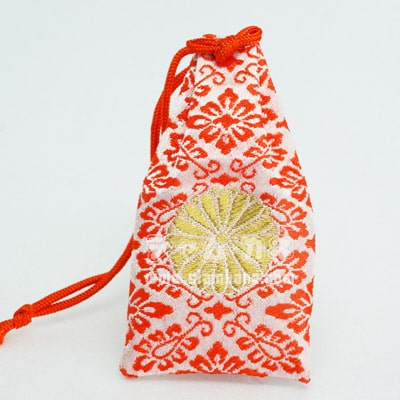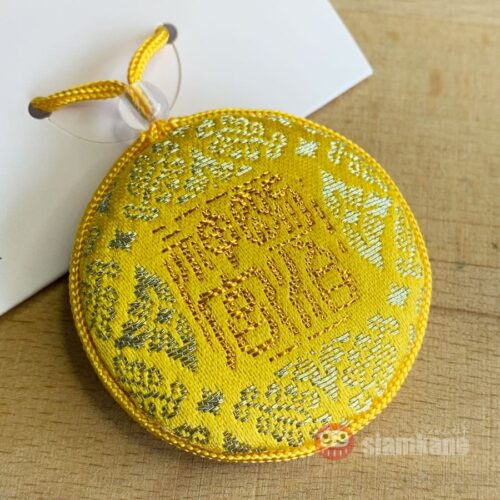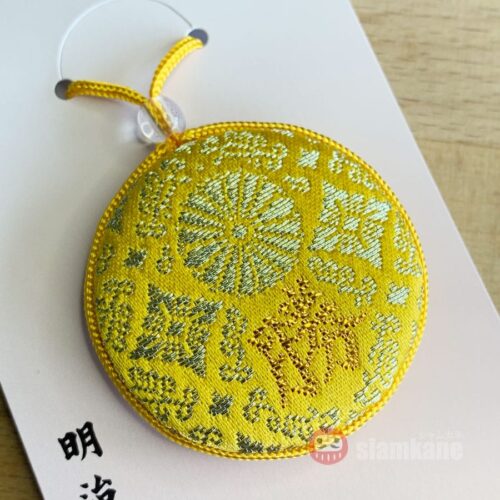Meiji Shrine
Meiji Shrine (明治神宮, Meiji Jingu) is a Shinto shrine located in Shibuya, Tokyo, Japan. Dedicated to Emperor Meiji and Empress Shoken, the shrine is one of Tokyo’s most famous and visited landmarks. Here are key features and aspects of Meiji Shrine:
- Founding: Meiji Shrine was established in 1920 to honor the spirits of Emperor Meiji (Mutsuhito) and Empress Shoken. Emperor Meiji played a crucial role in the modernization and transformation of Japan during the Meiji era (1868–1912).
- Location: The shrine is situated in a large forested area known as Meiji Jingu Gyoen, right in the heart of Tokyo. Despite its central location, the shrine offers a tranquil and serene escape from the bustling urban environment.
- Entrance: The approach to Meiji Shrine is marked by a grand torii gate made of cypress wood, one of the largest wooden torii gates in Japan. Passing through the gate, visitors follow a wide path that leads to the main shrine buildings.
- Main Shrine Buildings: The main precinct of Meiji Shrine includes the Naien (Inner Precinct) and the Gaien (Outer Precinct). The Shaden is the main hall where the sacred spirits of Emperor Meiji and Empress Shoken are enshrined.
- Honden (Main Shrine): The honden is a simple yet elegant wooden structure where visitors can offer prayers and make offerings. It is surrounded by lush greenery, creating a serene atmosphere.
- Meiji Jingu Museum: Located near the entrance, the museum houses a collection of personal belongings of Emperor Meiji and Empress Shoken, providing insights into their lives and the Meiji era.
- Meiji Jingu Gyoen: The forested area around the shrine, known as Meiji Jingu Gyoen, is a spacious park featuring walking paths, trees, and seasonal flowers. It provides a peaceful environment for visitors to enjoy nature.
- Traditional Rituals: Visitors to Meiji Shrine often engage in traditional Shinto rituals, such as making offerings, writing wishes on wooden ema plaques, and participating in purification ceremonies.
- Cultural Events: The shrine hosts various cultural events and ceremonies throughout the year, including traditional Shinto rituals, festivals, and performances.
- Wedding Ceremonies: Meiji Shrine is a popular location for Shinto wedding ceremonies, and it is common to see traditional wedding processions and ceremonies taking place within the shrine grounds.
- Seasonal Celebrations: The shrine celebrates various seasonal events, including the popular Meiji Shrine Spring Grand Festival and Meiji Shrine Autumn Grand Festival.
Meiji Shrine stands as a symbol of Japanese culture, history, and spirituality. Its combination of traditional architecture, natural beauty, and cultural activities make it a significant and revered destination for both locals and tourists visiting Tokyo.
QUICK MENU
RECENT POSTS
Sayuri Koi2024-11-24T22:48:31+07:00
A Pro’s Guide to Fushimi Inari Taisha: Insider Strategies for Success
Sayuri Koi2024-11-24T22:48:31+07:00Knowledge|
TAGS
5 yen
amulet
Cat Luck
charm
Charms for Travelers
chusonji
fushimi
good fortune cat
hiraizumi
inari
japanese bracelet
japanese good luck bracelet
japanese lucky gods
Japanese Omamori
kami
kitsune
Kiyomizu
Kyoto
love
love omamori
Luck Bracelet
luck coin
lucky
Lucky bracelet
Lucky CAT
Lucky charm
lucky coin
Maneki Neko
nonomiya
omamori
Omamori Charms
shrine
talisman
Japanese-Omamori® is an Omamori Online store established since 2001. sells Omamori and other products from Japan locate in Thailand. We were inspired by ecotourism and admired the uniqueness of Japan.
Japanese-Omamori®は2001年に設立されたお守りオンラインストアです。日本からタイにあるお守りやその他の商品を販売しています。私たちはエコツーリズムに触発され、日本の独自性に感心しました。
© Copyright 2012 - 2025
Japanese-Omamori.com
Best Omamori Online Shop
All Rights Reserved

